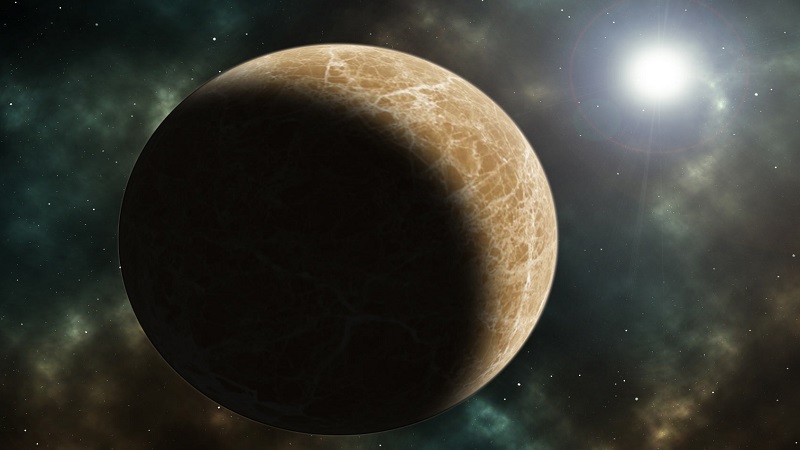Super-Earth Exoplanet Orbiting Solar-Type Star, Identified By Scientists

HD 285181b is a new Super-Earth exoplanet that scientists spotted orbiting a solar-type star. The planet is by 1.6 times larger than the Earth and boasts a mass by 6.5 times higher than our planet’s. As the scientists estimated its density at 8.84 g/cm3, they stated that HD 285181b has an Earth-like rock/iron composition.
The newly found exoplanet orbits a star about 0.9 times the size and the mass of the Sun, which is known as HD 285181, EPIC 247418783 or 2MASS 05054699+2132552. The Super-Earth exoplanets orbits around its solar-type star 2.23, and it’s positioned closer to its host star than the Earth is to the Sun.
Kepler Space Telescope has observed this distant world during its Kepler 2 mission campaign. Then, the scientists confirmed the existence of this Super-Earth exoplanet by using the High-Resolution Echelle Spectrometer (HIRES) instrument installed on the Keck Observatory’s 10-m telescope at Mauna Kea in Hawaii.
Scientists Identify a New Super-Earth Exoplanet Orbiting a Solar-Type Star
“HD 285181b’s lack of a substantial volatile envelope could be explained by atmospheric loss,” explained Molly Kosiarek and her colleagues from the University of California, Santa Cruz. “For lower mass planets experiencing a large amount of stellar insolation, photoevaporation (hydrodynamic escape) is the dominant atmospheric loss process,” the researcher added.
According to the new study on this Super-Earth exoplanet, HD 285181b has no atmosphere. However, the scientists believe the distant world might have had one, but it vanished through photoevaporation within the first billion years of the host star’s existence. Undoubtedly, the researchers admitted, the Super-Earth HD 285181b is a fascinating exoplanet to study.
“Photoevaporation occurs when high energy photons from the host star ionize and heat the atmosphere causing it to expand and escape. HD 285181b may have formed as a sub-Neptune with a substantial volatile envelope and transitioned across the Fulton gap to a super-Earth planet through photoevaporation, ” the scientists added.
0 comments